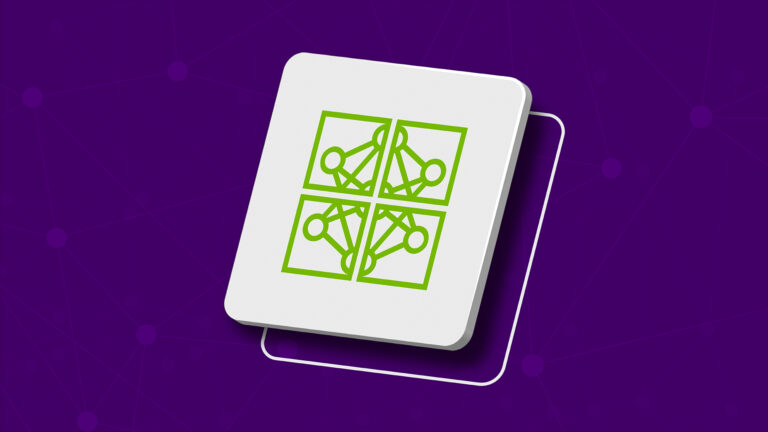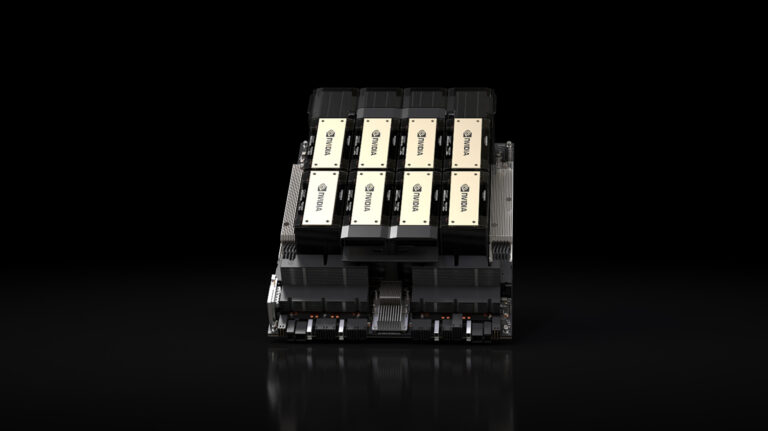From designing dream cars to customizing clothing, 3D product configurators are ringing in a new era of hyper-personalization that will benefit retailers and consumers. Developers are delivering innovative virtual product experiences and automated personalization using Universal Scene Description (aka OpenUSD), NVIDIA RTX technologies from NVIDIA Omniverse software development kits (SDKs) and application programming interfaces (APIs),
Read Article
![]() Generative AI is transforming computing, paving new avenues for humans to interact with computers in natural, intuitive ways. For enterprises, the prospect of…
Generative AI is transforming computing, paving new avenues for humans to interact with computers in natural, intuitive ways. For enterprises, the prospect of…![]()
Generative AI is transforming computing, paving new avenues for humans to interact with computers in natural, intuitive ways. For enterprises, the prospect of generative AI is vast. Businesses can tap into their rich datasets to streamline time-consuming tasks—from text summarization and translation to insight prediction and content generation. But they must also navigate adoption challenges.
 NVIDIA Compute Sanitizer is a powerful tool that can save you time and effort while improving the reliability and performance of your CUDA applications….
NVIDIA Compute Sanitizer is a powerful tool that can save you time and effort while improving the reliability and performance of your CUDA applications….
 Enterprises are using large language models (LLMs) as powerful tools to improve operational efficiency and drive innovation. NVIDIA NeMo microservices aim to…
Enterprises are using large language models (LLMs) as powerful tools to improve operational efficiency and drive innovation. NVIDIA NeMo microservices aim to…
Enterprises are using large language models (LLMs) as powerful tools to improve operational efficiency and drive innovation. NVIDIA NeMo microservices aim to make building and deploying models more accessible to enterprises. An important step for building any LLM system is to curate the dataset of tokens to be used for training or customizing the model. However, curating a suitable dataset…
 As large language models (LLMs) continue to gain traction in enterprise AI applications, the demand for custom models that can understand and integrate specific…
As large language models (LLMs) continue to gain traction in enterprise AI applications, the demand for custom models that can understand and integrate specific…
As large language models (LLMs) continue to gain traction in enterprise AI applications, the demand for custom models that can understand and integrate specific industry terminology, domain expertise, and unique organizational requirements becomes increasingly important. To address this growing need for customizing LLMs, the NVIDIA NeMo team has announced an early access program for NeMo…
 Large language models (LLMs) have demonstrated remarkable capabilities, from tackling complex coding tasks to crafting compelling stories to translating natural…
Large language models (LLMs) have demonstrated remarkable capabilities, from tackling complex coding tasks to crafting compelling stories to translating natural…
Large language models (LLMs) have demonstrated remarkable capabilities, from tackling complex coding tasks to crafting compelling stories to translating natural language. Enterprises are customizing these models for even greater application-specific effectiveness to deliver higher accuracy and improved responses to end users. However, customizing LLMs for specific tasks can cause the model…
 Learn how to use RAPIDS to speed up your CPU-based data science workflows.
Learn how to use RAPIDS to speed up your CPU-based data science workflows.
Learn how to use RAPIDS to speed up your CPU-based data science workflows.
It’s official: NVIDIA delivered the world’s fastest platform in industry-standard tests for inference on generative AI. In the latest MLPerf benchmarks, NVIDIA TensorRT-LLM — software that speeds and simplifies the complex job of inference on large language models — boosted the performance of NVIDIA Hopper architecture GPUs on the GPT-J LLM nearly 3x over their
Read Article
 Generative AI is unlocking new computing applications that greatly augment human capability, enabled by continued model innovation. Generative AI…
Generative AI is unlocking new computing applications that greatly augment human capability, enabled by continued model innovation. Generative AI…
Generative AI is unlocking new computing applications that greatly augment human capability, enabled by continued model innovation. Generative AI models—including large language models (LLMs)—are used for crafting marketing copy, writing computer code, rendering detailed images, composing music, generating videos, and more. The amount of compute required by the latest models is immense and…
In the latest episode of NVIDIA’s AI Podcast, Viome Chief Technology Officer Guru Banavar spoke with host Noah Kravitz about how AI and RNA sequencing are revolutionizing personalized healthcare. The startup aims to tackle the root causes of chronic diseases by delving deep into microbiomes and gene expression. With a comprehensive testing kit, Viome translates
Read Article
